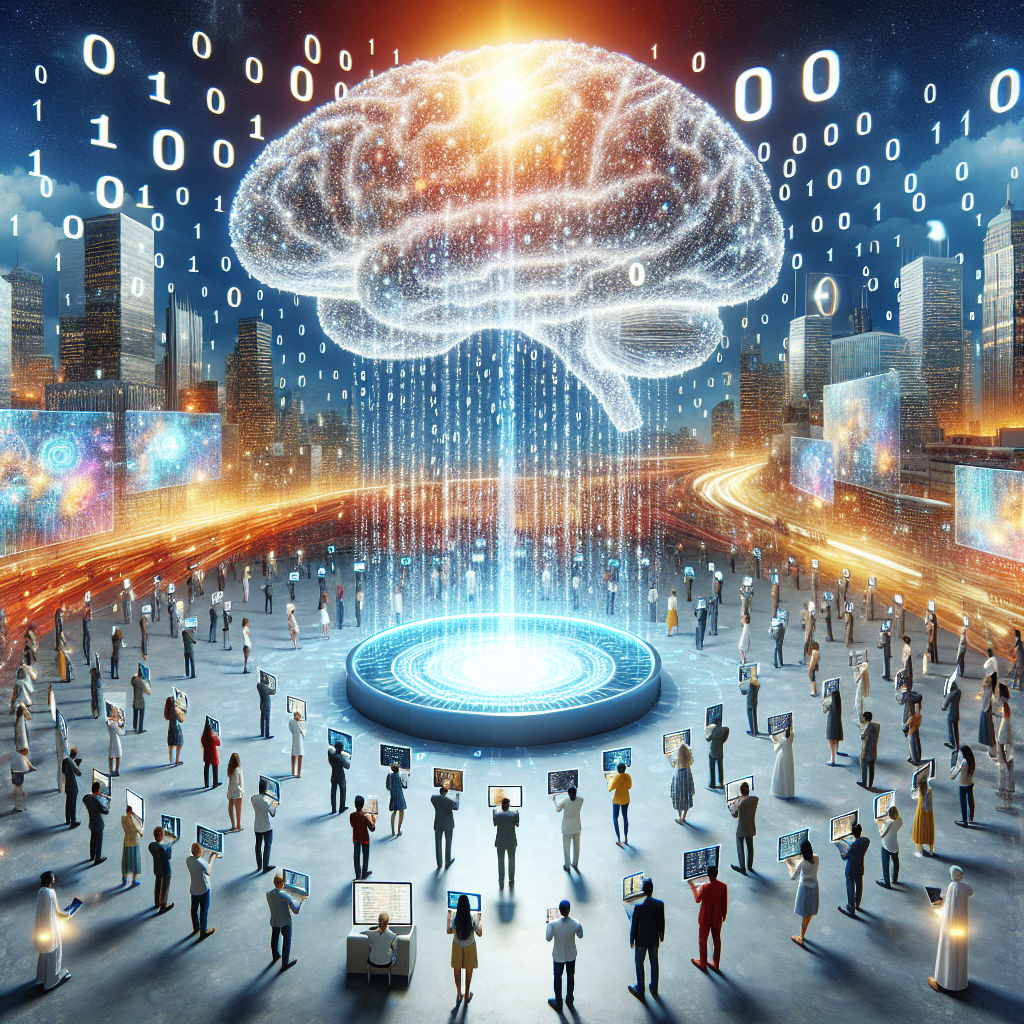Introduction
Recently, generative artificial intelligence (AI) has become a revolutionary force in the digital realm, significantly altering creative workflows across numerous domains. From art and music to writing and design, generative AI systems are redefining creativity, enabling individuals and organizations to create innovative content that was once unimaginable. This article examines the ascent of generative AI and its significant influence on creativity in today’s digital landscape.
Understanding Generative AI
Generative AI encompasses algorithms that can produce new content based on existing datasets. These algorithms are trained on extensive datasets, allowing them to learn patterns and styles to create original works that mimic human creativity. Notable examples include OpenAI’s GPT models for text, DALL-E for image generation, and Jukedeck for composing music.
The strength of generative AI lies in its capability to generate outputs that are not just copies of existing creations but novel combinations and variations reflecting learned patterns. This feature unveils exciting opportunities for creators and industries alike.
Transforming Artistic Expression
One of the most prominent effects of generative AI is observed in the visual arts sector. Tools like DALL-E and Midjourney have enabled artists to explore styles, themes, and concepts, leading to the creation of unique artworks. Artists can provide prompts and receive diverse artistic interpretations, fostering inspiration and expanding creative boundaries.
Furthermore, generative AI can serve as a collaborative partner, allowing artists to co-create alongside machines. This collaboration is reshaping traditional ideas of authorship and creativity, increasingly blurring the line between human and machine-generated art.
Revolutionizing Writing and Content Creation
The writing sector is undergoing a renaissance driven by generative AI. Tools like ChatGPT allow writers to swiftly draft content, brainstorm ideas, and edit text efficiently. These AI-powered platforms can tailor content for specific audiences, proving invaluable for marketers, educators, and authors alike.
Generative AI also promotes inclusivity by offering language translation and accessibility features, empowering a wider range of voices to engage in global conversations. Consequently, writers can concentrate more on ideation and storytelling, utilizing AI for the more technical aspects of writing.
Innovations in Music Composition
In the music industry, generative AI is crafting new sounds and compositions that challenge conventional genres. AI systems can analyze existing music and create original pieces by weaving together various influences. Tools like OpenAI’s MuseNet and Google’s Magenta demonstrate that AI can compose complete symphonies or catchy pop tunes that are often indistinguishable from those created by humans.
These advancements enable musicians to explore new pathways in their art, experiment with styles, and collaborate with AI to further push creative limits. With the sophistication of music generation tools increasing, the future of music creation appears bright and full of promise.
Challenges and Ethical Considerations
Despite its transformative promise, the rise of generative AI introduces critical ethical dilemmas. Concerns regarding copyright, authenticity, and potential misuse must be addressed. As AI-generated content becomes more common, distinguishing between human creativity and machine-generated works may become increasingly complex, raising questions about the value of creative endeavors and the significance of human touch in artistic expressions.
Additionally, there are apprehensions regarding biased outputs arising from biased training data. Developers and researchers must remain vigilant in addressing these biases to ensure that the content produced is equitable and representative.
The Future of Creativity in the Age of Generative AI
As generative AI continues to advance, its effects on creativity are likely to deepen. This technology possesses the potential to democratize creative expression, providing tools that enable anyone, regardless of skill level, to produce artistic, written, or musical works. Collaborations between humans and AI may result in groundbreaking innovations in storytelling, sound, and visual arts.
Educational institutions may also evolve to incorporate generative AI, preparing future creators to effectively utilize AI as a co-creator and comprehend its implications in their respective fields.
Conclusion
The emergence of generative AI signifies a new era of creativity, where technology meets human ingenuity. As we progress through this digital age, it will be vital to embrace the potential of generative AI while addressing its ethical challenges to cultivate a creative environment that is inclusive, innovative, and representative of diverse perspectives. The future of creativity hinges on the collaboration between humans and machines, heralding a new chapter in artistic expression.

